Blue Zones are regions around the world where people live significantly longer than the global average. These captivating places known for having populations of individuals who live long, fulfilling lives. These pockets of longevity have piqued the interest of scientists and health enthusiasts alike, who seek to uncover the secrets behind their inhabitants’ remarkable health and vitality. In this article, we will delve into the science behind Blue Zones and unveil the intriguing factors that contribute to a longer, healthier life.
Decoding the Blue Zones Phenomenon
Despite their geographic and cultural differences, Blue Zones all share one remarkable commonality—a high concentration of centenarians. These regions include areas such as:-
- Okinawa, Japan
- Sardinia, Italy
- Nicoya, Costa Rica
- Ikaria, Greece
- Loma Linda, California.
Delving deeper into the unique characteristics of Blue Zones, we uncover a fascinating tapestry of traditions, habits, and community practices that contribute to the exceptional longevity observed in these regions. From the plant-based diets of Okinawa to the strong social connections in Sardinia, each Blue Zone offers valuable insights into the secrets of a long and healthy life.
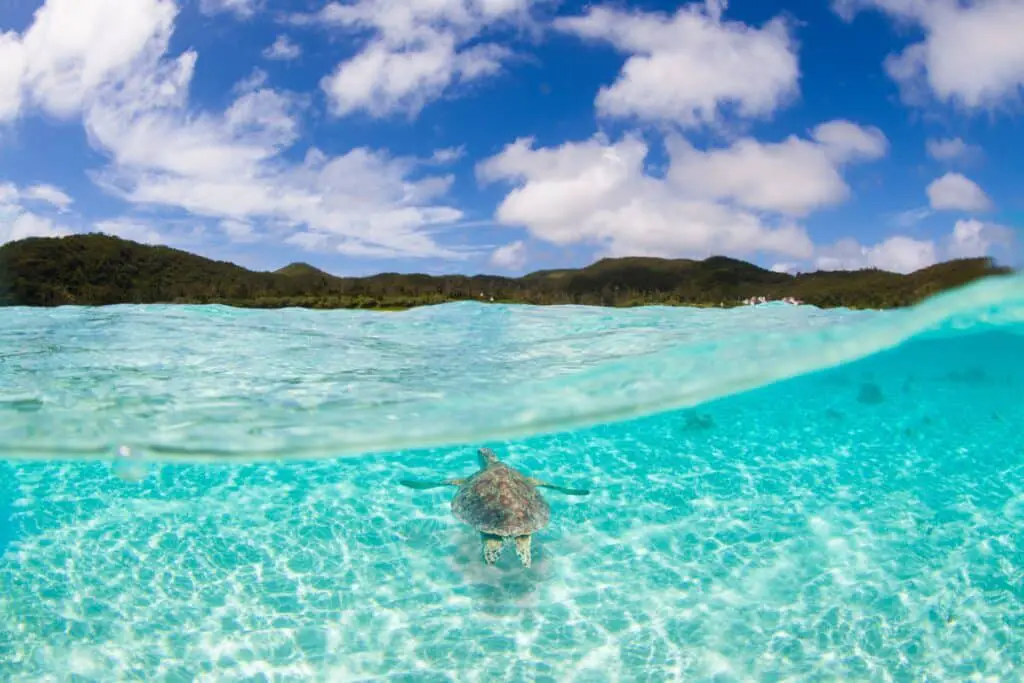
Understanding the Science Behind Blue Zones
So, what sets Blue Zones apart? It’s not simply a matter of genetics or luck. The science behind Blue Zones reveals that their longevity is largely attributed to lifestyle choices and environmental factors. Let’s dive into some of the key elements that contribute to this phenomenon.
Exploring the scientific underpinnings of Blue Zones uncovers a complex interplay of factors such as diet, physical activity, stress management, and sense of purpose. The prevalence of plant-based diets rich in fruits, vegetables, and whole grains in Blue Zones not only provides essential nutrients but also offers protection against chronic diseases. Additionally, regular physical activity, whether through traditional practices like gardening or communal activities, plays a crucial role in maintaining overall health and vitality in these regions.
The Plant-Based Diet of Blue Zone Residents
One of the cornerstone aspects of Blue Zone living is a predominantly plant-based diet. Time and time again, studies have shown that a diet rich in fruits, vegetables, whole grains, and legumes is associated with lower rates of chronic diseases and increased lifespan. Blue Zone inhabitants consume these plant-based foods in abundance, while also incorporating small amounts of meat and fish into their meals.
Blue Zone communities not only focus on what they eat but also how they eat. Meals are often shared with family and friends, promoting a sense of community and connection. This communal approach to dining not only enhances the overall eating experience but also contributes to lower stress levels and improved mental well-being.
Exploring the Benefits of a Whole Foods Plant-Based Diet
The plant-based diet practiced in Blue Zones is not only rich in nutrients but also brimming with antioxidants and phytonutrients. These compounds play a vital role in reducing inflammation, protecting against oxidative stress, and supporting optimal cellular function. By embracing whole foods, Blue Zone residents nourish their bodies with the building blocks of longevity.
In addition to the physical health benefits, a whole foods plant-based diet can also have positive effects on the environment. By reducing the consumption of animal products and focusing on plant-based sources of nutrition, Blue Zone residents contribute to lower carbon footprints and sustainable food practices. This eco-conscious approach aligns with the holistic lifestyle embraced by individuals in Blue Zones, where the well-being of the planet is considered interconnected with personal health.
Unveiling the 80% Rule: A Key to Longevity
In addition to their plant-centric diet, Blue Zone dwellers abide by a principle known as the 80% rule. This concept emphasizes the importance of stopping eating when they feel about 80% full. By practicing portion control and avoiding overeating, they prevent undue stress on their digestive systems and maintain a healthy weight.
How Moderation in Eating Leads to a Longer Life
The 80% rule is a metaphorical bridge that connects mindful eating to longevity. In our fast-paced society obsessed with “supersize” portions, the Blue Zone approach teaches us to savor our meals and be in tune with our bodies’ signals of satiety. By adopting this mindset, we can foster a healthier relationship with food and enhance our overall well-being.
Moreover, the 80% rule not only impacts physical health but also plays a significant role in mental well-being. By practicing moderation in eating, individuals in Blue Zones cultivate a sense of discipline and self-control that extends beyond the dining table. This mindful approach to food consumption instills a sense of mindfulness and intentionality in other aspects of their lives, contributing to lower stress levels and a greater sense of balance.
Furthermore, the 80% rule serves as a cultural cornerstone in Blue Zone communities, shaping social interactions and strengthening bonds among individuals. Shared meals are not just about sustenance but also serve as opportunities for connection and community building. By adhering to the 80% rule together, residents of Blue Zones reinforce their cultural identity and values, fostering a sense of unity and belonging that transcends mealtimes.
The Role of Moderate Alcohol Consumption in Blue Zones
Surprisingly, certain Blue Zone populations incorporate moderate alcohol consumption into their lifestyle. In places like Sardinia and Ikaria, residents enjoy a glass of red wine with meals or indulge in other locally crafted alcoholic beverages. The key lies in moderation rather than excess.
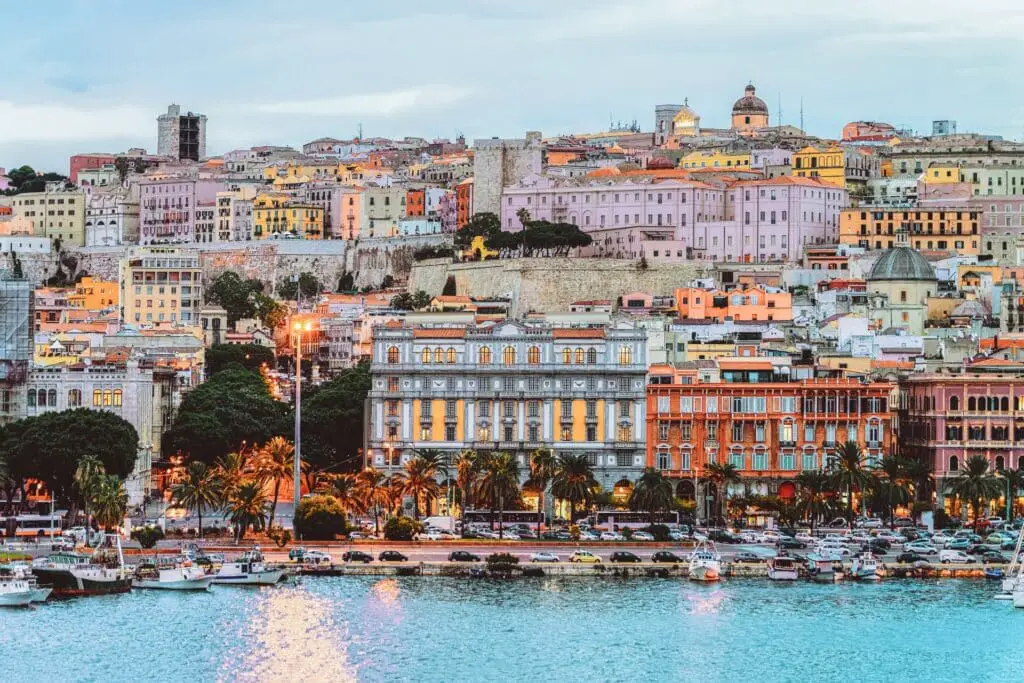
Adding to the allure of moderate alcohol consumption in Blue Zones is the cultural significance and social aspect associated with it. In these regions, sharing a drink with family and friends is a cherished tradition that fosters strong social bonds and a sense of community. This communal approach to alcohol underscores the holistic nature of health and well-being in these longevity hotspots.
The Surprising Link Between Alcohol and Longevity
Research indicates that moderate alcohol intake may contribute to lower rates of heart disease and overall mortality. The antioxidants present in red wine, such as resveratrol, have been studied for their potential health benefits. However, it’s essential to note that excessive alcohol consumption has detrimental effects. Blue Zone inhabitants have embraced a balanced approach to alcohol, enjoying its potential benefits while avoiding excessive indulgence.
Furthermore, the practice of consuming alcohol in moderation in Blue Zones is often intertwined with mindful eating habits. Pairing a glass of wine with a nutrient-rich meal high in vegetables, legumes, and whole grains enhances the overall nutritional value and absorption of key nutrients. This synergistic effect of combining moderate alcohol consumption with a plant-based diet may contribute to the exceptional health and longevity observed in these regions.
Incorporating Physical Activity into Everyday Life in Blue Zones
A sedentary lifestyle is a recipe for accelerated aging and a host of health concerns. In contrast, physical activity is an integral part of the daily routine for Blue Zone residents. Instead of spending excessive time at the gym, they engage in constant low-intensity activities throughout the day, such as walking, gardening, and household chores.
Blue Zones, regions known for the longevity and good health of their inhabitants, offer valuable insights into how incorporating physical activity into everyday life can contribute to overall well-being. These communities prioritize movement as a natural part of their daily routines, emphasizing the importance of staying active without the need for structured exercise programs. The simplicity of their approach serves as a powerful reminder that physical activity can be seamlessly woven into the fabric of daily life, providing numerous health benefits along the way.
How Movement Shapes the Longevity of Blue Zone Inhabitants
By seamlessly integrating exercise into their daily lives, Blue Zone populations keep their bodies in motion without imposing excessive strain. These routine physical activities promote cardiovascular health, muscle strength, and overall vitality. They remind us that movement doesn’t have to be a dreaded chore; it can be an enjoyable part of our daily lives.
Furthermore, the emphasis on movement in Blue Zones extends beyond just physical health benefits. Regular activity has been shown to have positive effects on mental well-being, cognitive function, and social connectedness. The communal aspect of engaging in activities like group walks or community gardening fosters a sense of belonging and support among residents, contributing to their overall quality of life. This holistic approach to movement highlights the interconnectedness of physical, mental, and social aspects of health, showcasing the multifaceted benefits of incorporating activity into daily routines.
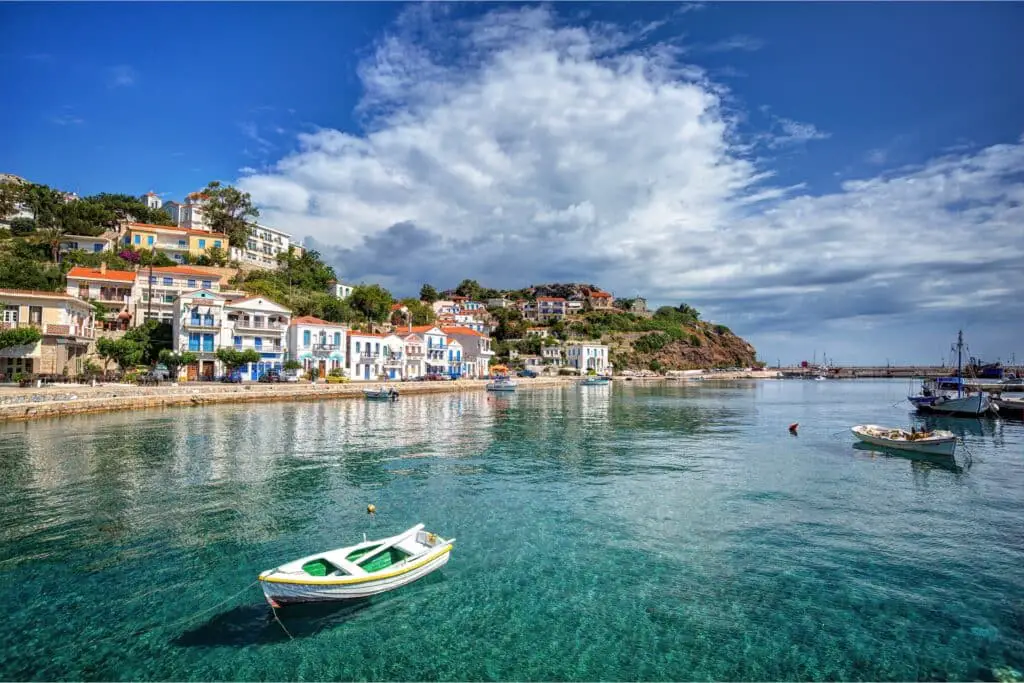
Prioritizing Sleep for a Longer, Healthier Life
Sleep is often undervalued and neglected in our modern society, but not in Blue Zones. Residents prioritize quality sleep by maintaining regular sleep schedules and creating an environment conducive to rest. This commitment to restorative rest provides them with the energy and vitality to embrace each day fully.
In addition to maintaining regular sleep schedules, Blue Zone communities also emphasize winding down before bedtime. This practice often involves engaging in calming activities such as reading, meditating, or enjoying herbal teas known for their relaxation properties. By incorporating these soothing rituals into their nightly routines, individuals in Blue Zones signal to their bodies that it is time to unwind and prepare for a restful night’s sleep.
The Impact of Quality Sleep on Longevity
Research consistently demonstrates that inadequate sleep is associated with various health risks, including obesity, heart disease, and cognitive decline. By recognizing the importance of restful sleep, Blue Zone inhabitants cultivate an essential pillar of longevity. They create a sanctuary for sleep and enjoy the rejuvenating benefits it bestows upon their bodies and minds.
Moreover, the emphasis on quality sleep in Blue Zones extends beyond individual health benefits. Communities that prioritize rest also experience social cohesion and a sense of interconnectedness. Shared values around sleep create a collective understanding of the importance of rest, leading to a supportive environment where healthy sleep habits are encouraged and celebrated. This communal approach to sleep underscores its significance not just for personal well-being but for the overall fabric of community life in Blue Zones.
Exploring Additional Habits Linked to Longevity
While diet, exercise, and sleep are key components of Blue Zone living, there are additional habits that contribute to longevity. These include fostering strong social connections, cultivating a sense of purpose, and managing stress effectively. By tending to their mental and emotional well-being, Blue Zone residents build a solid foundation for a longer, healthier life.
The Secrets Beyond Diet and Exercise in Blue Zones
Blue Zones remind us that longevity is not solely achieved through diet and exercise. It is a holistic grand symphony where all aspects of our lives need to be orchestrated harmoniously. By cultivating strong relationships, pursuing meaningful passions, and effectively managing stress, we can aspire to embody the time-tested practices of the Blue Zone communities.
Interesting facts and insights about Blue Zone regions
OKINAWA
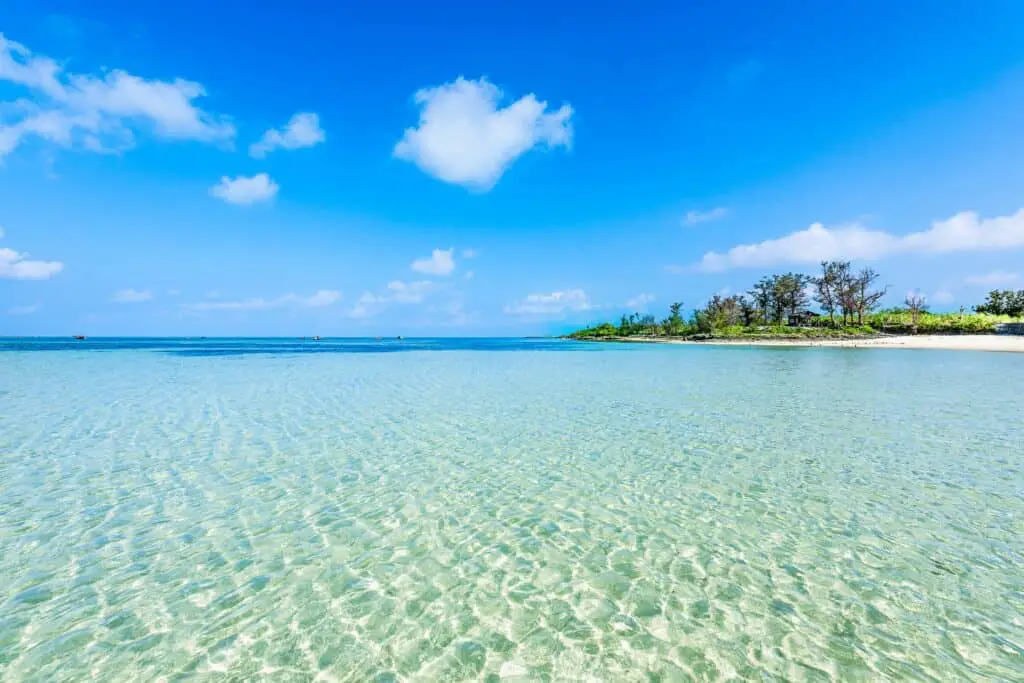
Longevity: Okinawa, Japan, is renowned for being home to the longest-living women on earth, often living well into their 80s and beyond without significant disability or illness
Diet: The Okinawan diet includes high intakes of flavonoids from purple sweet potatoes, soy, and vegetables, linked to better cardiovascular health and lower cholesterol levels
Challenges: Despite the longevity lifestyle still being present among older Okinawans, there is a concern about a decline in longevity due to a lack of education and changing habits among the younger generation
SARDINIA
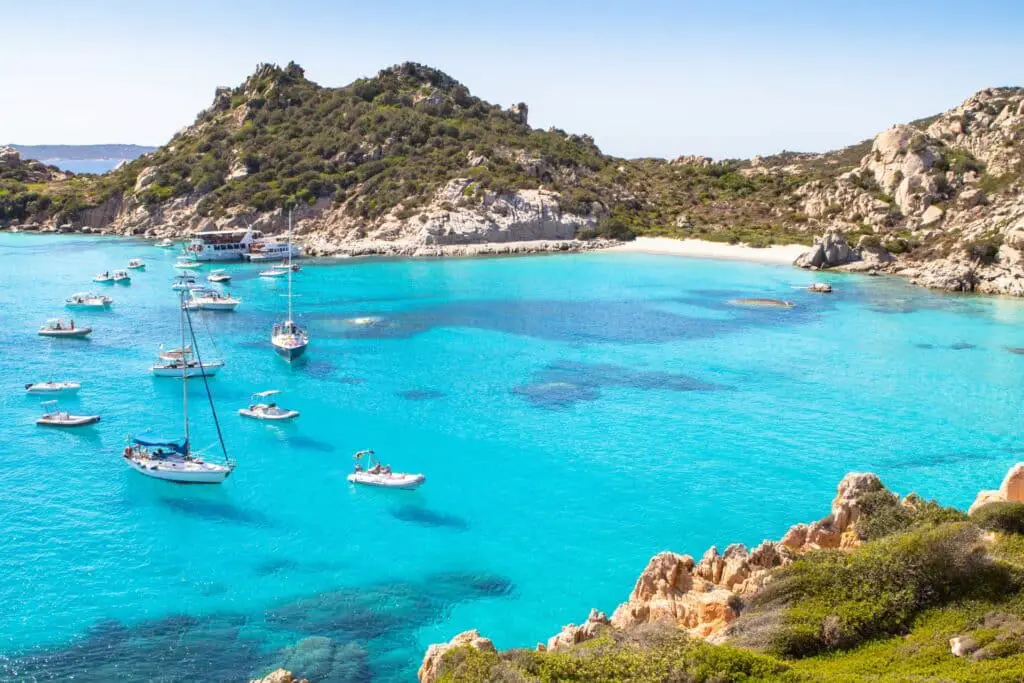
Longevity: Sardinia, Italy, is unique for being home to the longest-living men in the world, with a population that engages in regular physical activity and daily natural movement
Diet: Sardinians consume a diet mostly plant-based, rich in vegetables, fruits, beans, and whole-grain bread, along with moderate consumption of meat and fish
Genetics vs. Lifestyle: There is a debate about whether longevity in Sardinia is more due to genetics or lifestyle factors like diet and environment, with some attributing it to the resilience and toughness of the population
IKARIA, GREECE
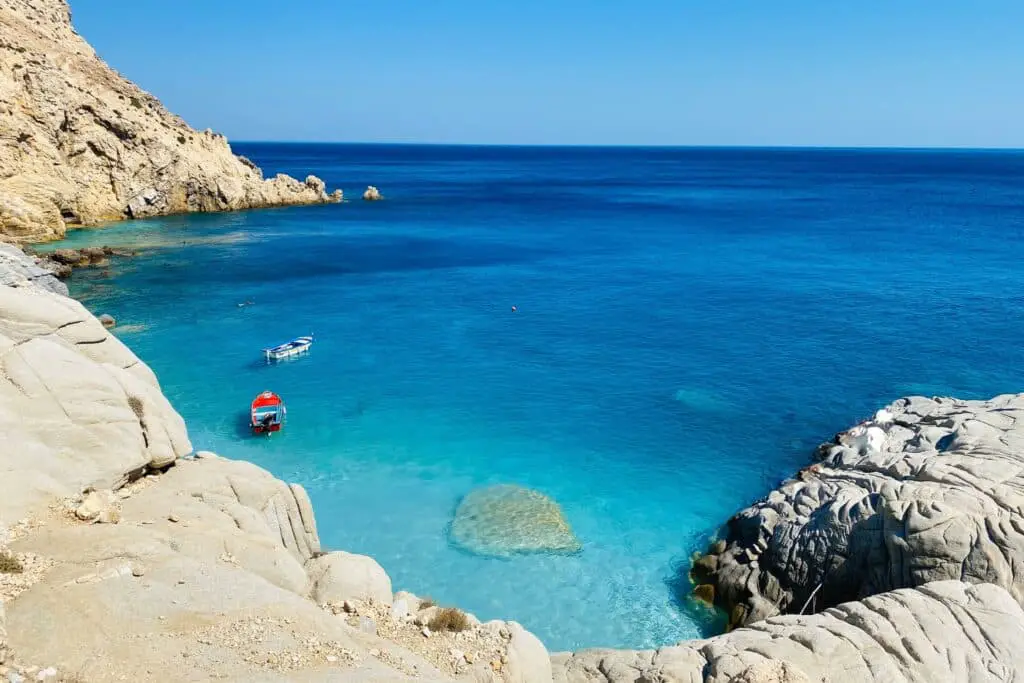
Blue Zone: Ikaria, Greece, is one of the world’s five Blue Zones, known for its high percentage of centenarians and remarkable longevity among its population
Diet: Ikarians follow a mostly plant-based diet, engage in daily physical activity, socialize frequently, and enjoy mid-day naps, contributing to their longer lifespans
Community and Lifestyle: The communal mentality on Ikaria, where people care for each other and the elderly remain active in family life, is believed to be a key factor in their longevity and well-being
LOMA LINDA, CALIFORNIA
- Loma Linda is home to a community of about 9,000 Seventh-day Adventists, who are the core of America’s “blue zone” region
- Adventists in Loma Linda live up to a decade longer than the average American, largely due to their vegetarian diet and regular exercise habits
- Adventists in Loma Linda also abstain from smoking and drinking alcohol, which contributes to their exceptional longevity
- The Seventh-day Adventist church has flourished in Loma Linda since the 1840s, with health and wellness being central to their faith
NICOYA PENINSULA, COSTA RICA
- The Nicoya Peninsula is one of the world’s five recognized “blue zones”, known for having an unusually high concentration of centenarians (people who live to 100 or older)
- Residents of Nicoya have an average life expectancy of 85 years, which is 8 years higher than the United States average
- Centenarians in Nicoya, like 102-year-old Don Dámaso, maintain active lifestyles well into old age, engaging in activities like horseback riding and spending time with family
- The Nicoya lifestyle is characterized by a slower pace of life, strong community bonds, a plant-based diet, and a deep connection to the natural environment
- Younger generations in Nicoya are seen as moving away from these traditional longevity-promoting habits, raising concerns about a potential decline in longevity
Key Takeaways from Blue Zones Research
The exploration of Blue Zones offers valuable insights into the science behind longevity. It reveals that our lifestyle choices and environmental factors play a profound role in shaping our health and well-being. By embracing a plant-based diet, practicing portion control, engaging in regular physical activity, prioritizing sleep, and nurturing our mental and emotional health, we can unlock the secrets to a longer, more fulfilling life.
FAQ
What are Blue Zones?
Blue Zones are regions around the world where people live significantly longer than the global average. These areas have a higher concentration of centenarians and offer valuable insights into the science of longevity.
What is the 80% rule for Blue Zones?
The 80% rule is a principle followed in Blue Zones, which emphasizes stopping eating when one feels about 80% full. This approach promotes portion control and mindful eating, contributing to a healthier lifestyle.
What are the common lifestyle factors in the Blue Zones?
The Blue Zones share common factors that contribute to longevity, including a plant-based diet, regular physical activity, strong social connections, and a sense of purpose.
Is there a “longevity food” in the Blue Zones?
There is no single “longevity food”, but certain foods are common, such as nuts, beans, whole grains, and starchy tubers. The combination of these foods is more important than any one item.